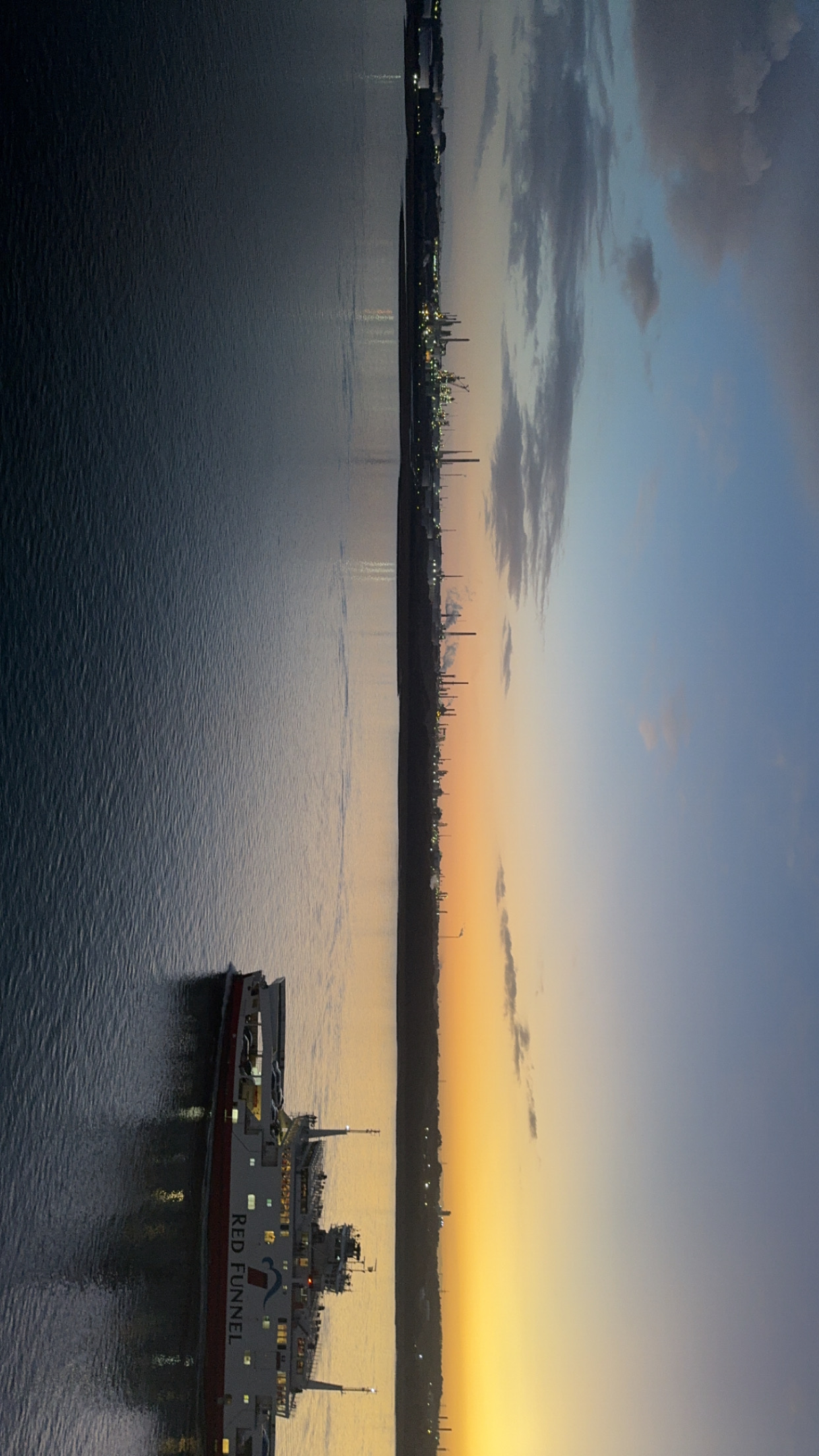Western Front
Cards (76)
- What is the focus of the video mentioned in the study material?
- What are the four key locations of the British sector of the Western Front that need to be known?
- Why was EEP a key area of fighting during World War One?
- What disadvantage did the British face when building trenches in EEP?
- What does the term "salient" refer to in the context of EEP?
- How many battles took place at EEP during World War One?
- What significant event occurred during the Second Battle of Ypres in 1915?
- Why is the Third Battle of EEP, also known as Passchendaele, significant?
- How many casualties did the British suffer in the Third Battle of EEP?
- What is the significance of the Battle of the Somme in 1916?
- What was the total number of Allied casualties in the Battle of the Somme?
- What was unique about the terrain in Arras compared to other areas of the Western Front?
- What was built underground in Arras to support soldiers?
- How many beds were in the underground hospital built in Arras?
- What was the significance of the Battle of Cambrai in 1917?
- How many tanks were used by the Allies in the Battle of Cambrai?
- What was a key problem faced by the Allies after the initial success of the tanks in Cambrai?
- What was the evacuation route system used by the army during World War One?
- What role did stretcher bearers play in the evacuation route?
- What was a major limitation faced by stretcher bearers at the start of the war?
- What was the regimental aid post (RAP) used for?
- Where was the regimental aid post typically located?
- What were some problems faced by the regimental aid post?
- What was the role of the field ambulance and dressing station?
- What was a key problem faced by dressing stations at the start of the war?
- What was the purpose of casualty clearing stations?
- How did casualty clearing stations categorize patients?
- What was the capacity of casualty clearing stations?
- What were base hospitals used for during World War One?
- How many patients could base hospitals treat?
- What was a major problem with transport from casualty clearing stations to base hospitals?
- What types of injuries did soldiers receive during World War One?
- What was a common treatment for severe war wounds?
- What was a significant issue related to infection during the war?
- How did the army attempt to keep wounds clean?
- What were the effects of poison gas on soldiers?
- What did soldiers use for protection against gas before gas masks were issued?
- What caused trench fever among soldiers?
- What were the symptoms of trench fever?
- What treatment methods were tried for trench fever?
See similar decks
Western front
History > Medicine through time13 cardsWESTERN FRONT
HISTORY > MEDICINE THROUGH TIME22 cardswestern front
History > medicine through time1 cardMedicine through time + Western front
History26 cardswestern front
History > medicine through time16 cardsWestern front
History > Medicine through time6 cardsWestern Front
History > Medicine through time64 cardswestern front
History > Medicine through time30 cardswestern front
history > medicine through time113 cardsWestern front
History - medicine through time31 cardsWestern Front
History Medicine Through Time129 cardsWestern front
History > Medicine through time132 cardsWestern Front
History > Medicine Through Time15 cardsWestern front
History > Medicine through time10 cardsWestern Front
HISTORY > Medicine through Time273 cardsmedicine through time/western front
History156 cardsWestern front
History > Medicine through time74 cardsWestern front
History medicine through time63 cardsWestern Front
History > Medicine Through Time54 cardsWestern Front
History- Medicine through Time56 cardsWestern Front.
History - Medicine through Time.14 cards
